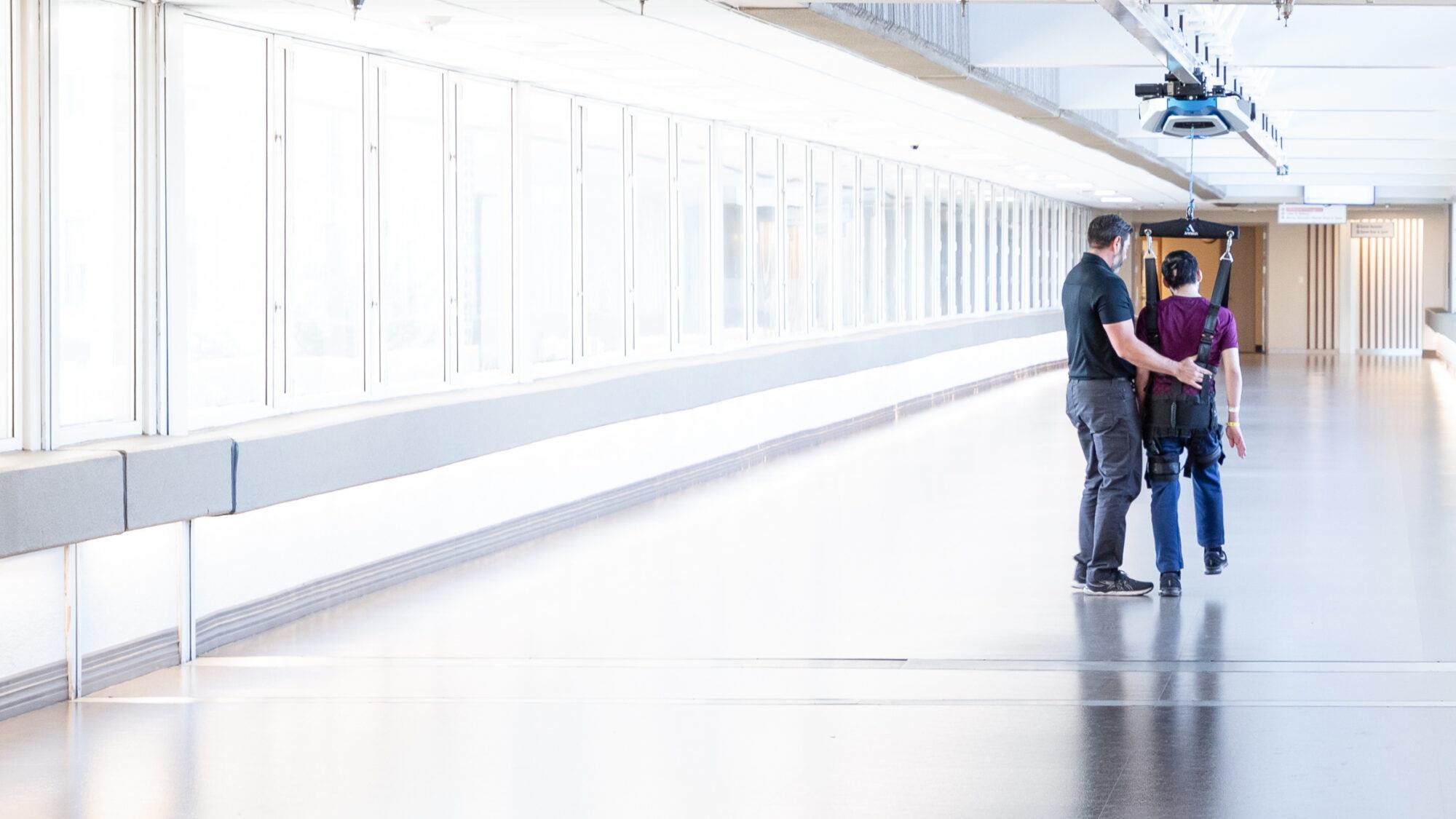
Traumatic Brain Injury
Traumatic Brain Injury Overview
Traumatic brain injury (TBI) can be caused when the head suddenly and violently hits an object or when an object pierces the skull and enters brain tissue. Leading causes of TBI include falls, unintentional blunt trauma, motor vehicle crashes, and assault.
Most traumatic brain injuries that occur each year are mild and are commonly called concussions. Moderate or severe TBI can cause life-long disability or death.

Traumatic Brain Injury Symptoms
A person who experiences moderate or severe TBI will have symptoms of a mild TBI, but may also have one or more of the following symptoms:
- Headache that gets worse or does not go away
- Dilation of one or both pupils of the eyes
- Slurred speech
- Weakness or numbness in the extremities
- Loss of coordination
- Increased confusion, restlessness, or agitation
- Repeated vomiting or nausea
- Convulsions or seizures
- An inability to awaken from sleep

The symptoms of a traumatic brain injury can be mild, moderate, or severe, depending on the extent of the damage to the brain.
Symptoms of mild TBI could include:
- Headache
- Confusion
- Lightheadedness
- Dizziness
- Blurred vision or tired eyes
- Ringing in the ears
- Bad taste in the mouth
- Fatigue or lethargy
- A change in sleep patterns
- Behavioral or mood changes
- Trouble with memory, concentration, attention, or thinking
- May remain conscious or may experience a loss of consciousness for a few seconds or minutes
If you experience any of these symptoms or observe them in another person, contact a medical professional. Persistent or worsening symptoms could be a sign of a more severe brain injury and should be evaluated immediately in an emergency department.

Traumatic Brain Injury Treatments
Medical personnel first try to stabilize the person with TBI and prevent further injury. Stabilization includes insuring proper oxygen supply to the brain and the rest of the body, maintaining adequate blood flow, and controlling blood pressure.
People with mild TBI typically require treatment in an emergency room followed by rest and prevention of future injury. Moderate to severe injuries may also require hospitalization followed by rehabilitation.
Rehabilitation involves individually tailored treatment programs that could include physical therapy, occupational therapy, speech and language therapy, physiatry (physical medicine), psychology, psychiatry, and social support.
Additional Information
How common are traumatic brain injuries?
Each year, about 1.5 million Americans sustain a traumatic brain injury.
Who gets traumatic brain injuries?
Falls, the leading cause of TBI, disproportionately affect the youngest and oldest age groups, according to the Centers for Disease Control and Prevention (CDC):
- More than half of TBIs among children 0 to 14 years were caused by falls.
- More than two-thirds of TBIs in adults aged 65 and older are caused by falls.
Men have higher rates of emergency room visits and hospitalizations from TBI and are three times more likely to die of a TBI than women.
Young children are especially vulnerable to TBI because they have relatively large heads supported by a weak neck positioned on a small trunk compounded by immature motor development. This makes children naturally clumsy and their heavy heads take the brunt of impact.
How are traumatic brain injuries diagnosed?
Medical providers may use one or more tests to assess a person’s physical injuries and their brain and nerve functioning, including:
- Imaging tests
- Cognition and neuropsychological tests
- Speech and language tests
- Measurements for level of TBI
- Glasgow coma scale (GCS)
- Tests for assessing TBI in sports and military settings



